DT Swiss EXC 1200 Classic Wheels
Blister’s Measured Weights:
- EXC 1200 Classic six-bolt 29’’ front: 791 g
- EXC 1200 Classic six-bolt 29’’ rear (MS driver): 1,034 g
- Wheelset: 1,825 g
MSRP: $2,911 (complete wheelset)
Bolted To: Geometron G1, Contra MC
Reviewer: 6′, 160 lb / 183 cm, 72.6 kg
Test Locations: Washington & British Columbia
Test Duration: 6 months
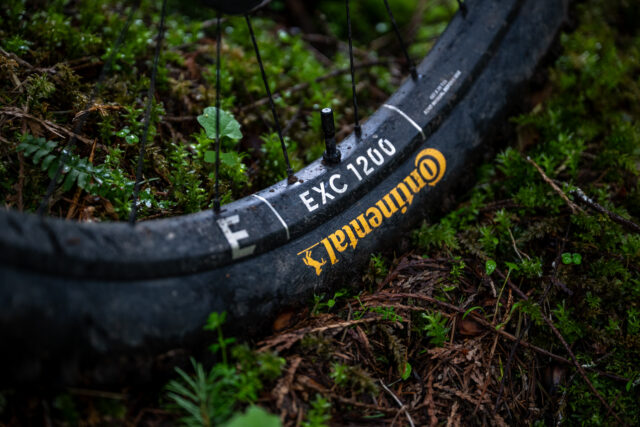
Intro
DT Swiss has been making carbon wheels for quite a while now, but they’re still better known for their hubs, aluminum rims / wheels, and spokes — probably in that order.
Last year, DT gave their top-of-the-line 1200-series wheelsets an overhaul, and they’re distinctly different from DT’s carbon wheels of old. They feature very different rim geometry, overhauled layup and molding techniques, and — in the case of the Enduro-oriented EXC 1200 Classic wheelset that we’ve been testing — a version of their top-tier 180 hubset with the newer, faster-engaging Ratchet DEG freehub mechanism.
So, how has that all come together? After spending six-plus months with the EXC 1200 Classic wheels, I’m ready to weigh in.
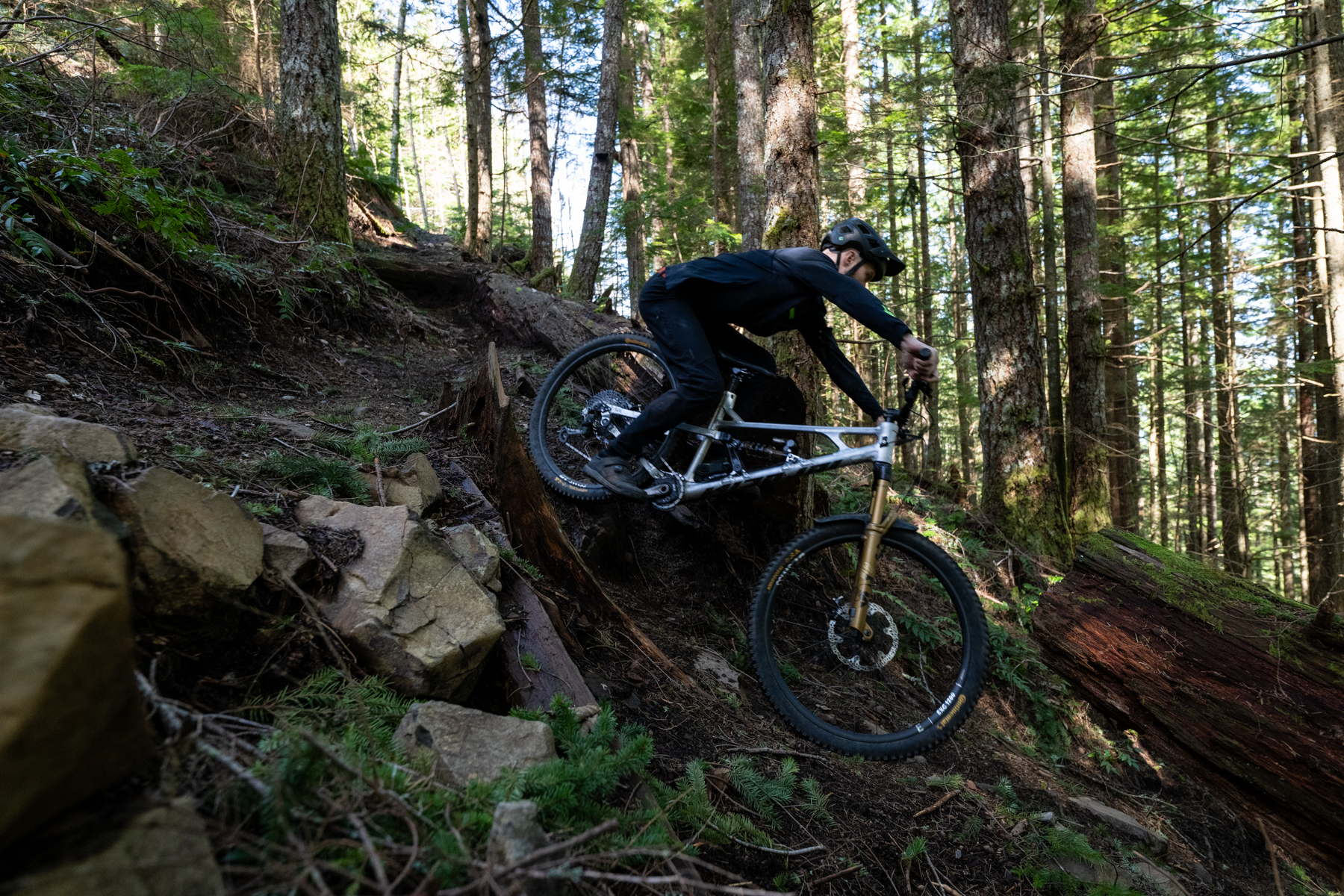
Design
First, let’s break down this wheelset’s name for some basic info. DT’s product naming conventions can feel like they take a decoder ring to make sense of, but they’re quite descriptive once you know what you’re looking at. In the case of the EXC 1200 Classic wheels, here’s the summary:
- “EX” indicates the intended use case (Enduro)
- The “C” denotes wheels that feature carbon rims
- The “1200” designation is used for DT’s highest-end MTB wheels, which use their top-tier 180 hubs and fanciest rims
- “Classic” means that they use traditional J-bend spokes instead of straight-pull ones.
The EXC 1200 Classic wheels are offered in 27.5’’ and 29’’ diameters with 110 x 15 mm Boost front axles and either 148 x 12 mm Boost or 157 x 12 mm Super Boost rear hubs.
Boost wheelsets are available with either six-bolt or Centerlock rotor mounts; Super Boost ones are Centerlock only. All versions use 28 of DT Swiss’s Revolite spokes up front and 32 rear, in a three-cross pattern with aluminum nipples.
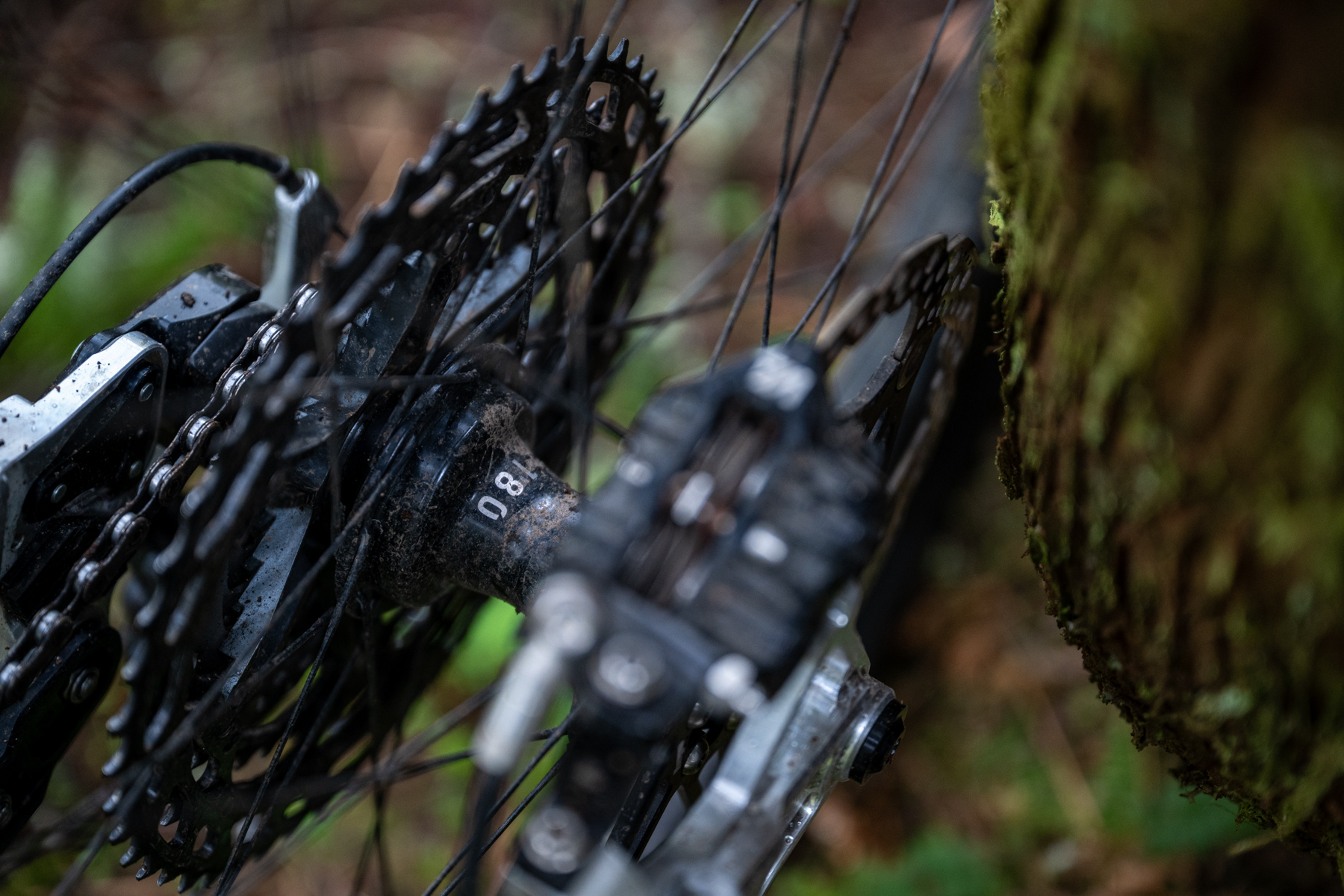
The 180 hubs at the center of the EXC 1200 wheels use a very similar design to that of the more common 240 hubs, including DT’s latest Ratchet DEG freehub mechanism, but the 180 models feature ceramic bearings and some extra machining to save a little weight. The newer Ratchet DEG freehub uses a very similar star ratchet design to DT’s original Ratchet hubs, just with larger-diameter ratchet rings to allow for more points of engagement without sacrificing durability — a 90 tooth count vs. the 36- or 54-tooth options that DT’s hubs topped out at in the past. The EXC 1200 wheels come with an XD driver installed and a Microspline one in the box.
[You can get the 180 hubs on their own, but if you go that route, they are only offered with DT’s lighter but lower-engagement Ratchet EXP system, and in straight-pull / Centerlock configurations. Check out our First Look on the Ratchet DEG system for a more in-depth rundown on DT’s various freehub options.]
The EXC 1200 rims feature a 30 mm internal width and a relatively shallow 22 mm cross-section height, with an asymmetric profile to help even out the spoke bracing angles and tension. The bead walls are 3.6 mm wide, equating to a 37.2 mm external width. Like most modern MTB rims, they use a hookless bead interface.
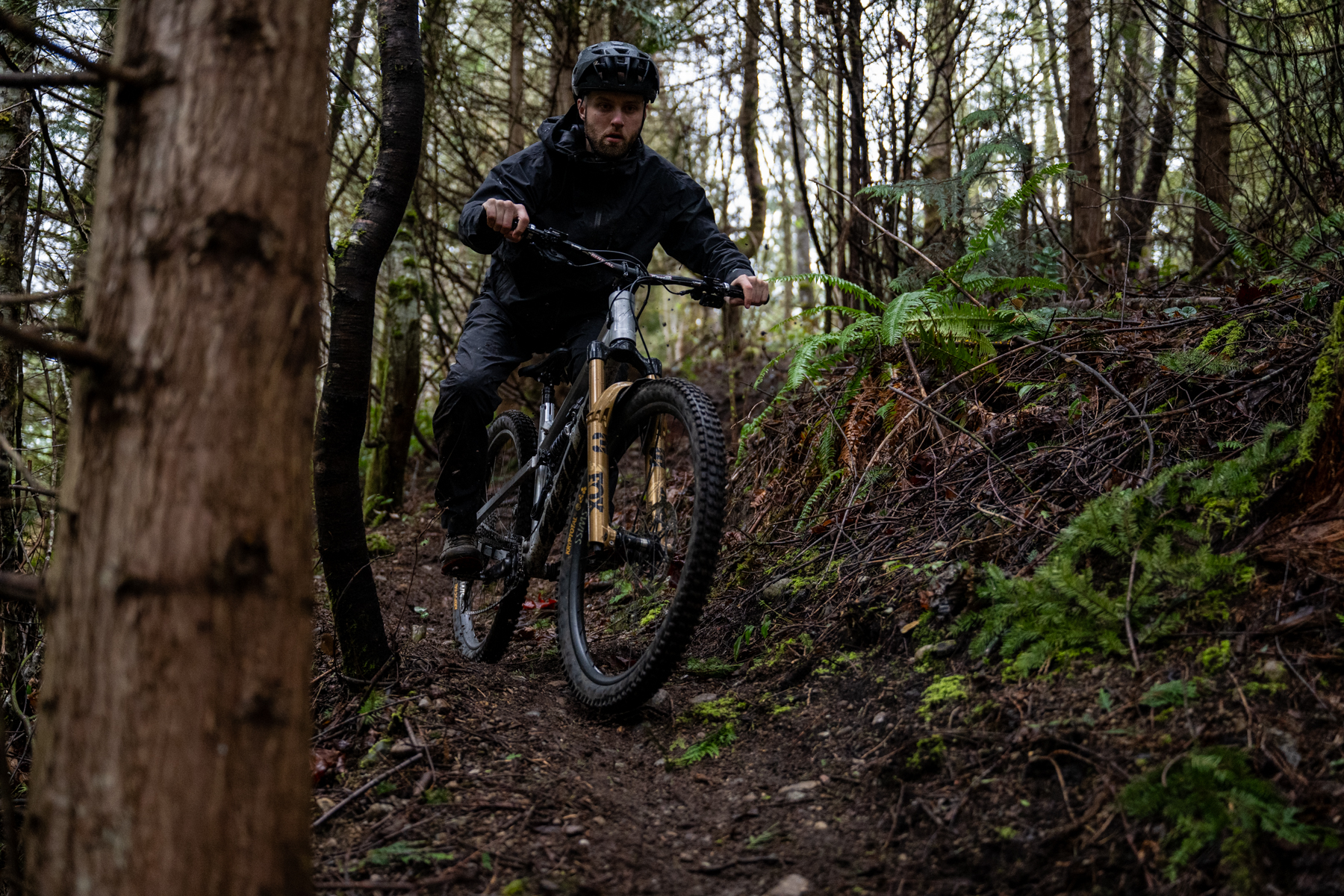
DT says that they’ve developed a new molding technique for their “Pure” carbon rims — the ones used in the latest-generation 1200-series wheels, including the EXC 1200. It reportedly allows them to mold the rims in a single piece, rather than constructing separate segments and joining them together to create a full rim. In doing so, DT is able to perform individual layer-by-layer inspections of each rim as they are built to minimize the chances of manufacturing defects. DT says they are also able to wrap full layers of carbon over the bead walls — the parts of the rim most subject to impact damage — without having any cut fiber ends in those areas, for increased impact resistance.
By laying up the rims in a single mold, DT also says that they’re able to achieve better layer compaction than would be achievable with more conventional mold design; this reportedly minimizes voids and areas of resin buildup for a stronger, lighter rim. The rims are also said to require no cosmetic finishing work out of the mold.
The same rims that are used in the EXC 1200 wheels are also available a-la-carte as the EXC 330 rims. Their stated weight of 535 g (29’’ diameter) is about average for an Enduro-rated high-end carbon rim.
The full weight for the EXC 1200 Classic wheelset (1,825 g) stands out a bit more for being fairly light, relative to comparable wheelsets, thanks to the light 180 hubs and Revolite bladed spokes.
Mounting & Installation
I’ve mounted a handful of different tires on the EXC 1200 wheels, including DH-casing options from Continental and Michelin, both of which can be pretty tight / tough to mount. I haven’t had any notable trouble with any of them.
DT’s rim tape, which comes pre-applied, is one of the best options I’ve tried over the years, and the original tape has survived several tire changes over the course of my time with the EXC 1200.
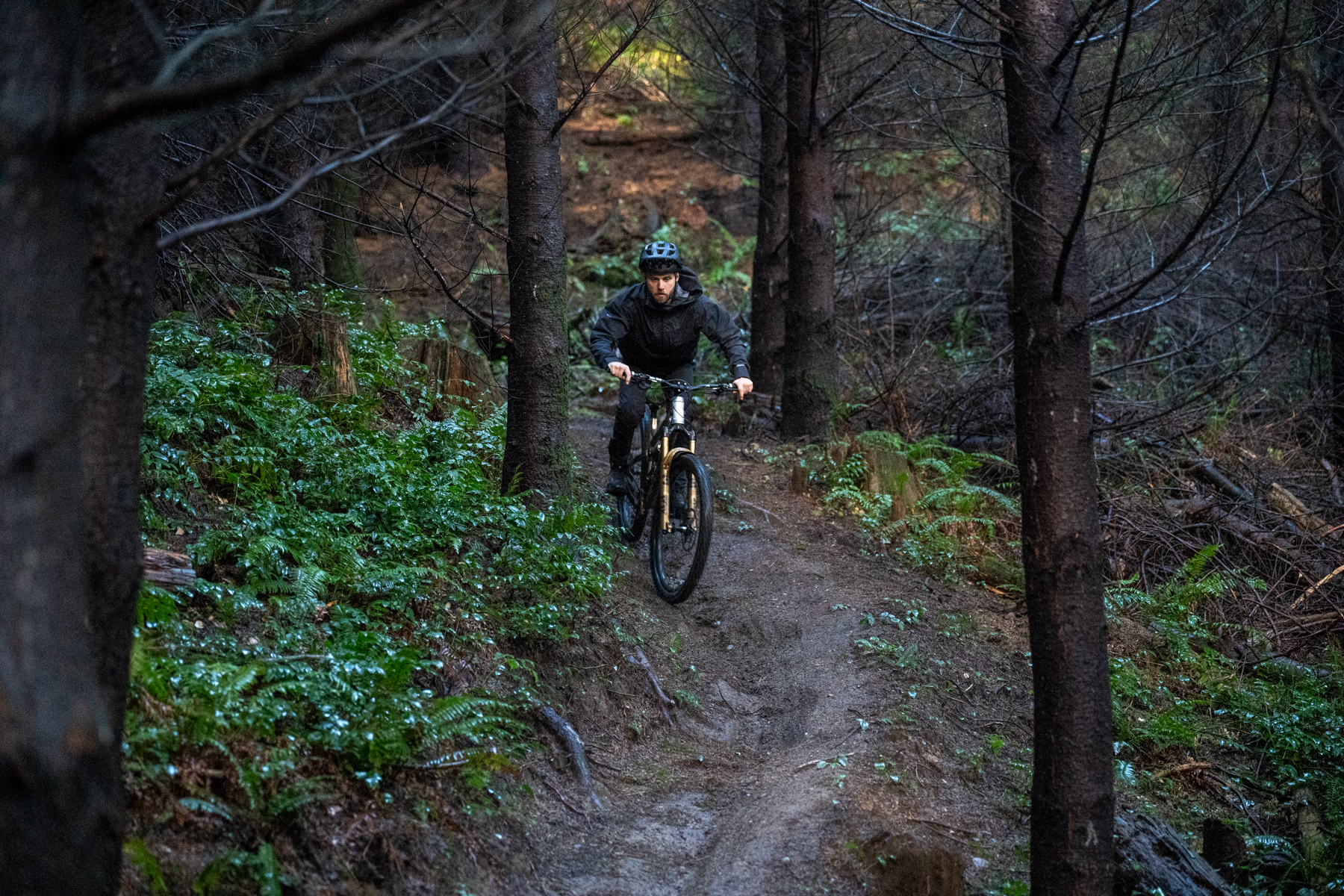
I’m also glad that DT offers the EXC 1200 with six-bolt rotor mounts, in a world where a lot of lighter wheels use Centerlock mounts to save a few grams. I prefer six-bolt rotors because they can be tightened / removed with a multitool, they’re more widely available (especially in larger sizes for gravity-oriented bikes), and because there’s some redundancy in their mount, rather than relying on a single fastener. Centerlock might save a few grams in total, but it largely just pushes weight from the hub to the rotor, so the total package ends up being pretty close, weight-wise, anyway.
My only (very minor) gripe is that DT uses plastic nuts to secure their valve stems in the rim, and those nuts are slightly stiff / hard to turn. It’s only a minor inconvenience, mostly because it can take a little effort to hold the valve stem steady and turn the nut on it, rather than just spinning the whole assembly in the rim, but I’d still prefer an aluminum nut. The threading on the valves is standard, so you can use the nuts from other valves / tubes, or just run whatever Presta-fit valves you prefer. I’m still a fan of Reserve Fillmores.
Ride Quality & Performance
DT Swiss’s carbon wheels have historically been on the stiff side, particularly by modern standards — I suspect in part due to their rims’ relatively tall cross sections. However, the EXC 1200 wheels are appreciably smoother riding / less vertically stiff than past DT carbon wheels I’ve been on, including the XMC 1501 that I reviewed last year. The EXC 1200 wheels still feel fairly stout, especially laterally, but they feel less stiff vertically and transmit a little less feedback on sharper impacts than any DT carbon wheel I’ve ridden to date.
I think the closest comparison I have in terms of ride feel is the We Are One Triad, particularly in that both feel quite stiff and precise laterally, while being notably less so vertically. The EXC 1200 wheels are, if anything, a touch stiffer overall, but their ratio of lateral to vertical stiffness and relatively lively, not-massively-damped-feeling ride are both reminiscent of the Triad.
I’ve mentioned before that I’m increasingly coming to view wheel stiffness and ride quality as a variable that’s useful in tuning the combined, overall feel of a frame / fork / wheel package — rather than something where I have a single preferred target, irrespective of the bike in question.
For my taste, the EXC 1200 wheels hit a nice middle ground that I think I’d be happy riding on most modern Enduro bikes. An especially stiff frame might have me looking for softer-flexing wheels to even things out. But the EXC 1200 wheels are a nice match when paired with the Geometron G1 I did the bulk of my testing on — it’s a frame that I’d characterize as being fairly middle-of-the-road stiffness-wise, particularly in the rear end.
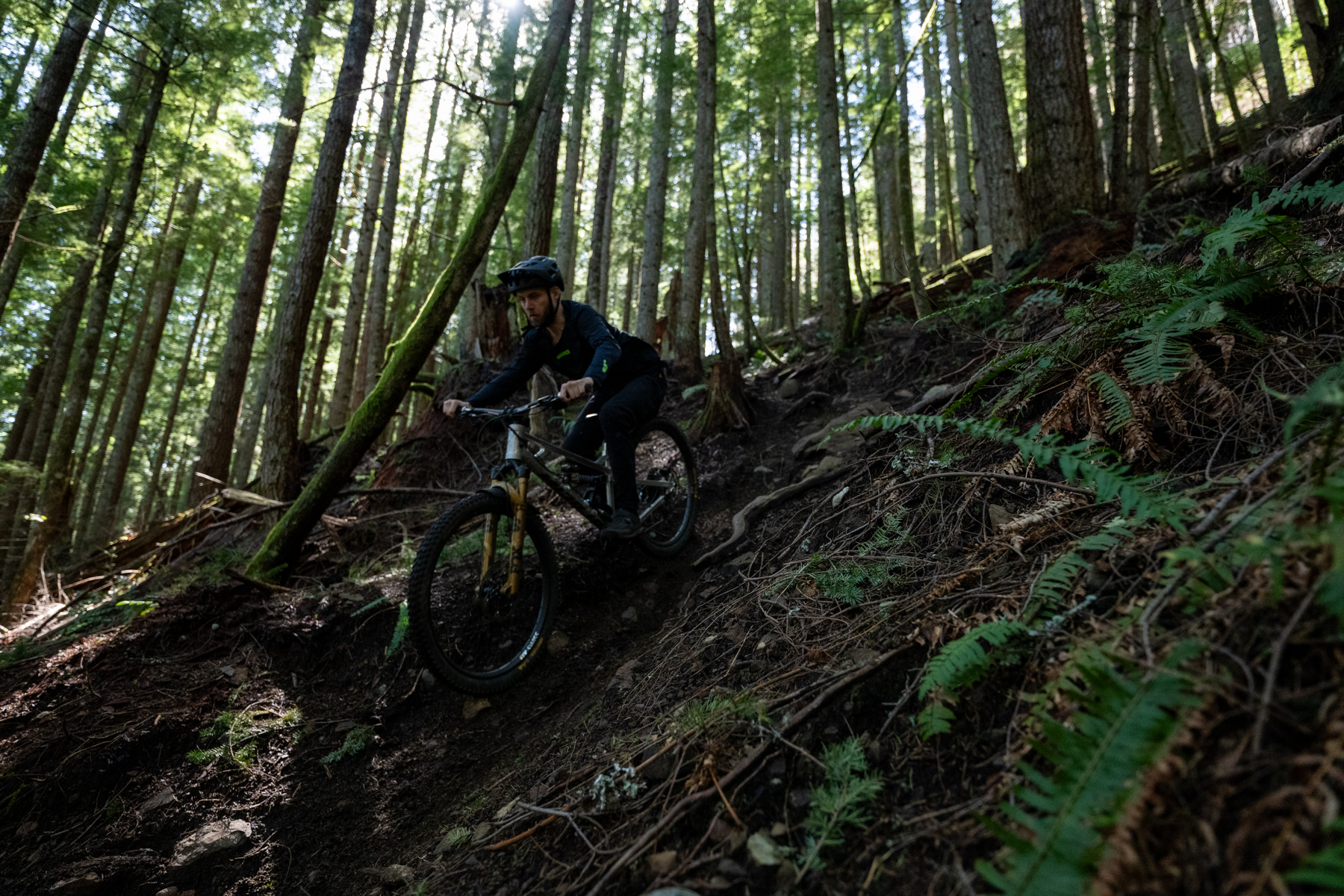
I’ve had great results with a few pairs of Ratchet DEG hubs I’ve tested over the past year or so, and the same was true of the 180 hubs in the EXC 1200 wheelset. Now, I’m not a huge proponent of maximizing hub engagement speed for the most part. But there are definitely times when a slightly snappier pickup than the 36- or 54-tooth ratchets in DT’s EXP hubs can be nice, and the 90 points of engagement on the Ratchet DEG hubs are plenty for my needs.
DT also says that the larger Ratchet DEG rings are stronger than the smaller EXP versions, and it’s nice that you don’t need to remove the drive ring to service the drive-side hubshell bearing on the DEG hubs, in contrast to the EXP ones. Since pedaling torque tightens that ring into the hub shell, removing it can be tough, and it takes a proprietary tool to do so. With the DEG rear hub, you shouldn’t ever need to.
Any rolling speed gains that might be found in the ceramic-bearing-equipped 180 hubs (vs. the steel bearings in the more common 240 hubs) are tough to tease out, especially on a big Enduro bike with aggressive tires. That said, both are relatively smooth-rolling, and the DEG freehub mechanism is notably quiet. The Ratchet DEG hubs — either the 240 or 180 variants — are on my personal short list of preferred options, and they’re part of a truly premium complete package in the EXC 1200 wheels.
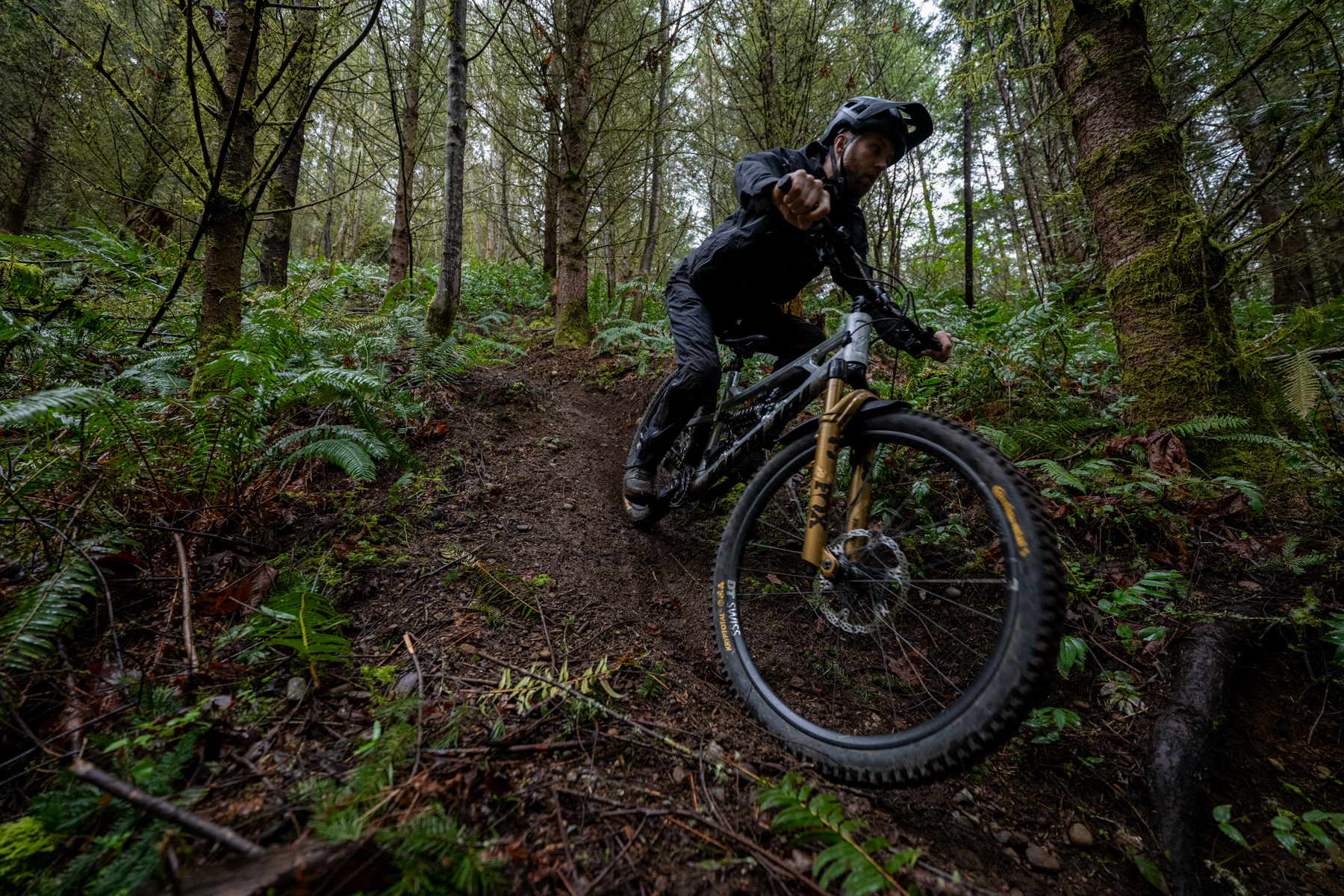
Durability & Maintenance
I’ve got nothing to report — the EXC 1200s have held up flawlessly so far. They’re still true and round, the spoke tension is even, the bearings are smooth, and all indications are that they’ll keep going like that for some time. The matte unidirectional carbon finish also does a nice job of hiding little nicks and scratches that invariably accumulate on rims over time.
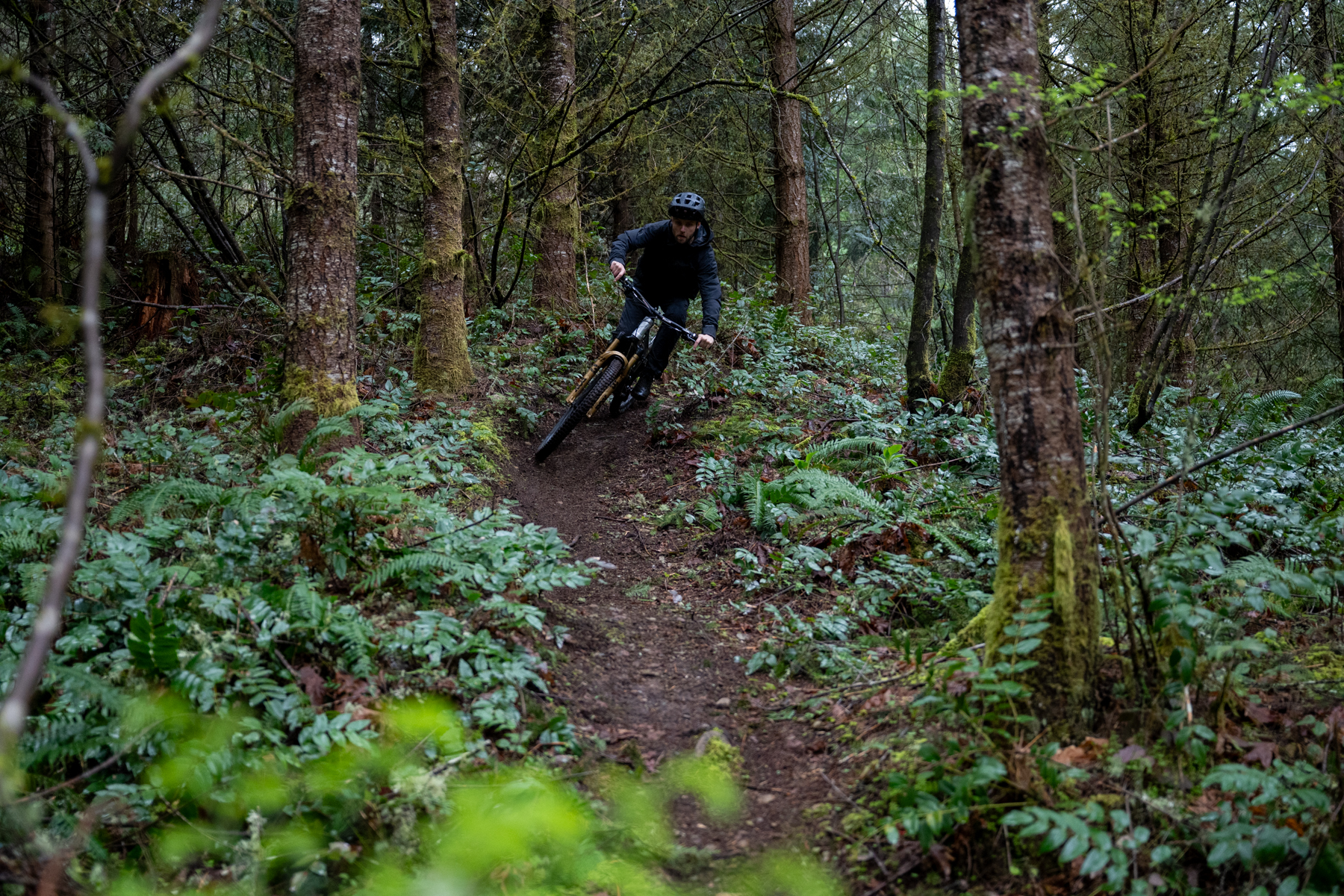
Bottom Line
DT Swiss is probably best known for their hubs and spokes, but they’ve also made some of the best aluminum rims on the market for quite some time now. They aren’t new to carbon ones, either, but their carbon offerings historically haven’t stood out as strongly as some of their other product lines. I expect that trend to shift with their latest carbon wheels.
The EXC 1200 wheels are easily the best-riding carbon hoops I’ve ridden from DT Swiss. Moreover, they’re among my favorite carbon Enduro wheels, full stop — especially for applications where I’d prefer relatively stiff, precise-feeling wheels over the most muted, compliant ones I can find.
Of course, there’s the matter of price: at an MSRP of $2,911 for the pair, the EXC 1200 wheels are undeniably expensive. Now, that does get you DT’s fanciest, lightest hubs with ceramic bearings, bladed spokes that DT says offer the best strength-to-weight ratio of any that they’ve ever made, and excellent carbon rims. Those components add up to a relatively lightweight but quite burly Enduro-rated wheelset. They’re an unapologetically high-end offering, and they’re excellent.
